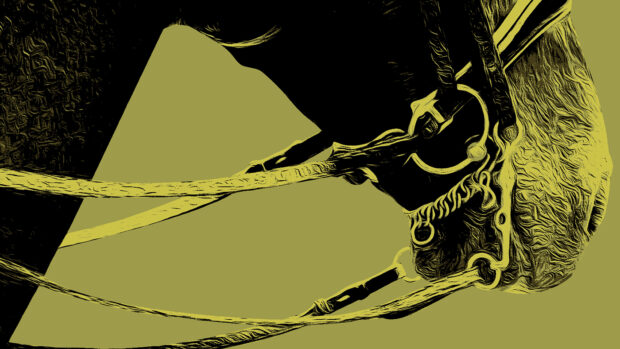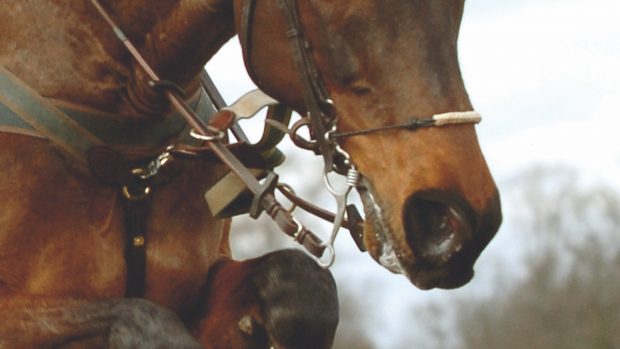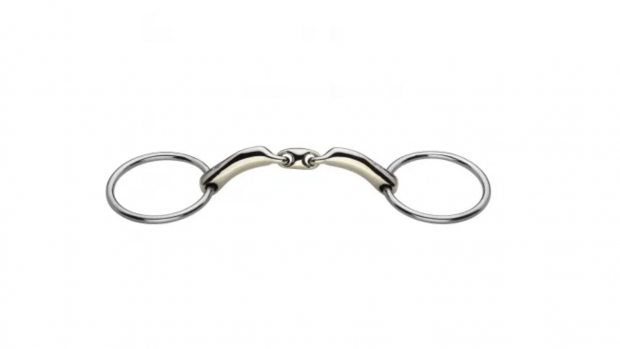Q: When I first got my 15 year-old loan horse, he had been used for show jumping and hadn’t been schooled properly. Although I’m a fairly novice rider, my instructor and I have started to reschool him. I changed his bit from an eggbutt snaffle to a loose ring French link which he seemed to like. I then changed to a rubber pelham as I was doing showing classes and cross-country. Now I would like to start doing dressage and rules don’t allow this bit. Can you suggest any other bits I could try?
Author and bitting expert Caroline Henderson replies: You haven’t said when you last had your horse’s mouth and teeth checked. His behaviour suggests that he may be uncomfortable, and a vet with a good knowledge of dentistry or a good equine dentist will be able to tell you if your horse has problems such as sharp edges on his teeth or if a build-up of tartar is causing a gum problem.
You’re also riding a horse who, because of his age, will have established bad habits. You’re making progress and have been sensible to get help, but it’s never too late to go back to basics. A lot of resistances that seem to be located in the mouth are related to the back end.
A horse will only round and soften if he engages his hindlegs, relaxes his jaw and works forwards into a consistent but still elastic contact. Check whether the horse has a physical problem, such as stiffness, which would make it painful for him to work in the outline you require.
You haven’t said whether you use a martingale or training aid. Your instructor will be able to help you with this. Avoid draw or running reins and try something where the correction or reward is operated by the horse, not the rider, such as the Harbridge from Shires Equestrian, (tel: 01568 613 600). Whatever you use, fit it loosely until thehorse becomes accustomed to its action and only use it for short periods.
When schooling, warm up and cool down properly and ride lots of transitions. Exercises such as shoulder-in and riding a 20-metre circle and then making it smaller, using your outside aids, will help to build your horse’s suppleness.
Many horses seem to like pelhams and a lot of riders find it much easier to keep their arms and elbows softer when using them, so think about keeping the same softness when riding your dressage tests in a snaffle. Perhaps you are getting into a vicious circle of fighting each other?
Your horse may like a hanging cheek snaffle and it might be worth trying one with a high copper content which will encourage salivation more than a stainless steel bit and is preferred by many horses.
Many tack shops and mail order companies run bit libraries where you can rent a bit rather than buying one, to see if it would help. You may find you keep your horse happy and establish your schooling by using a rubber pelham with double reins for most of the time and switching to a snaffle for dressage competitions.
Read Enlightened Equitation by Heather Moffett (David and Charles) for more advice.


